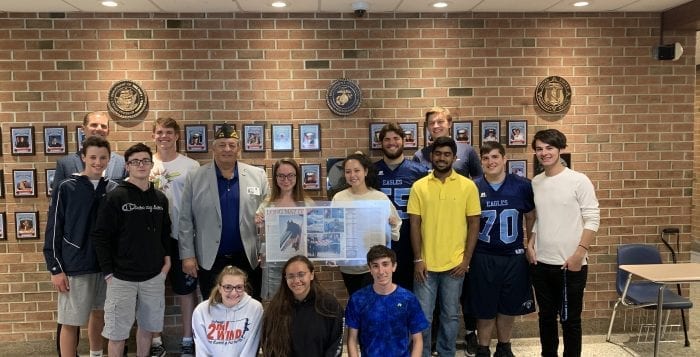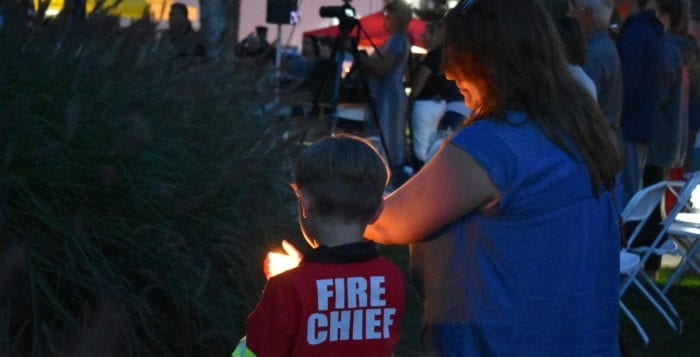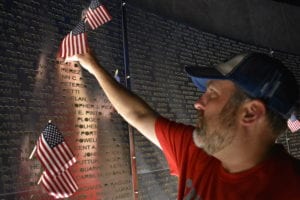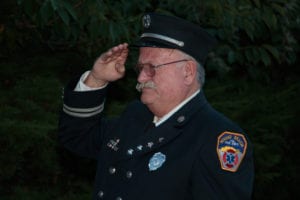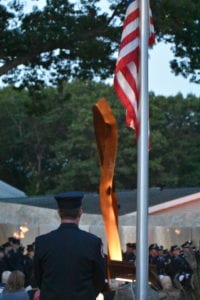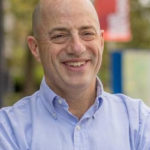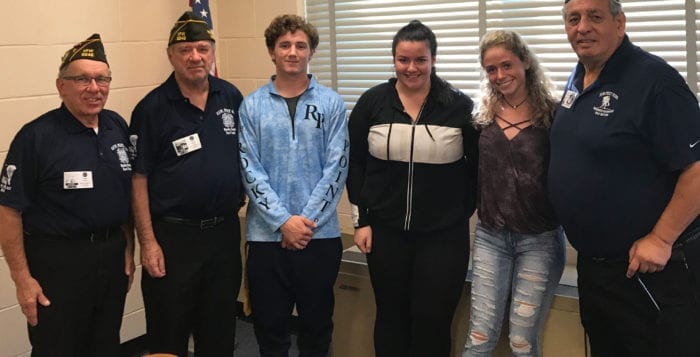
Another storm in Brookhaven, another botched snow removal. How many times must residents be forced to deal with such incompetence when it comes to snow removal? Potholes and snowdrifts don’t care what political party you belong to. In the Town of Brookhaven, the superintendent of highways is elected in an at-large election, rather than appointed, as is the case in many towns in which a department of public works exists. In both of my bids for Brookhaven Town highway superintendent in 2017 and 2019, I openly criticized why pay-to-play practices are eroding our roads and quality of life and the status of the Highway Superintendent as an elected position is a large part of the systemic plague eroding the department’s accountability.
The fact of the matter is this position should be filled by appointment, rather than election. Many decisions on infrastructure need to be based on 10- and 20-year capital plans, and the sobering reality is that elections force a short-term vision that channels reelection interests over long-term planning. It is why we have cheap “mill and fill” paving jobs, rather than full-depth reclamation projects to address underlying structural integrity in roads. If John Q. Public sees roads getting repaved, many do not know that pricing decisions like asphalt composition and curb milling have a long-term impact as to whether the roads will crumble after three years or last for 10 years.
The reality is that towns on Long Island that have elected highway superintendents have structural deficiencies in projects that develop due to the pressure of electoral races. Towns like mine, Brookhaven, should put up for referendum whether to convert their highway departments to DPW formats. None of Nassau’s towns elect highway superintendents, but with the exception of Babylon and Islip, all of Suffolk’s towns do.
In many jobs, what we want is competence. Voting for a town clerk, a county treasurer or a highway superintendent based on politics and party affiliation makes no more sense than choosing an airplane pilot based on those criteria. The current system creates nests of patronage and homes for unqualified political hacks that harm both our governmental structures and the residents who need their services. For instance, what gives my highway superintendent the capacity to lead a highway department when his résumé includes a short stint at New York State Assembly, a Suffolk legislator and, before that, a claims adjuster for State Farm Insurance.
The position of highway superintendent is a job that requires expertise in equipment purchasing, operation and maintenance, emergency management and personnel. The elected town supervisor should pick a person with an engineering background to oversee the department and suffer the lash of voters if he or she picks an incompetent one. In Brookhaven, we get the finger-pointing roulette, where town Supervisor Ed Romaine (R) points the finger at Dan Losquadro (R), who in turn points the finger at the supervisor.
We need to look at all jobs, at every level of local government, to determine if political philosophy plays any part in how they should be done. Where it doesn’t, voters should pass referendums making them appointive positions — and punish the elected leaders doing the appointing if their choices fail.
Part of my goal in running for this office twice in Brookhaven was to draw attention to the issues that plague my local highway department, problems that have led our roads to look like they belong in Beirut, instead of Brookhaven. Unfortunately, a well-funded incumbent with a campaign war chest in excess of at least $400,000 makes a political upset nearly impossible with the incumbent able to blanket the airwaves with radio ads and your mailboxes with glossy mailers by the dozens. As a result, the status quo becomes calcified. I had never intended to run the department like my predecessors had I won the election. Rather, I had intended to immediately move the town board to propose to eliminate the position in a referendum to the voters. The position of highway superintendent in my town is one plagued by political patronage, and as I said in both of my campaigns, “Politics has no place in pothole repair.”
Anthony Portesy, of Port Jefferson Station, is a private attorney who ran for Brookhaven superintendent of highways in 2017 and 2019.


